Collective Future

Victor Nishio Yasuoka experiments with Nikkei life in Peru. He asks himself, “What is being Nikkei?” so as to imagine a local and global collective future. Besides, he examines historical and contemporary racism, offering an explanation of the consequences of the expression “Chino” [akin to “Chink”] and its deep-rooted reasons. And finally, from his professional vantage point, he provides a personal overview of the field of Fine Arts and the cultural support given to artists in the community.
Stories from this series
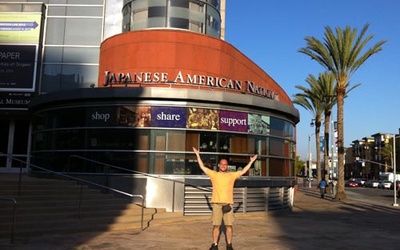
My experience Little Tokyo, Los Angeles
Dec. 6, 2012 • Victor Nishio Yasuoka
A trip is always exciting because new places are motivating for many reasons: unknown products to consume, tourist attractions and entertainment, other ways of conceiving a city, different cars, different stores and brands, unknown customs and traditions.Los Angeles was no exception in any of these and many more variables. It is a flat, long, endless city because behind the hills there are more and more buildings. Like any large city, this one is multicultural, generating different ethnic groupings (even if …
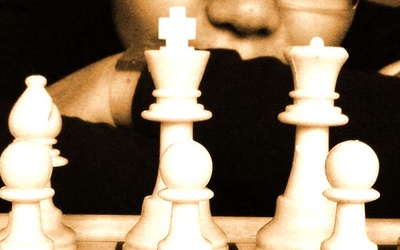
Conversations from a distance with Paty Arakawa - Part 2
July 5, 2012 • Victor Nishio Yasuoka
Part 1 >> VICTOR: About poetry… at one point you commented on poetry. How do you conceive it? What do you see in him? Many times I have tried to understand it and write it, read it in length but I achieved nothing until after reading something by Watanabe but it didn't go any further. I think it is something that would help many people find meaning in their lives by seeing them through different eyes, but it is very …

Conversations from a distance with Paty Arakawa - Part 1
July 3, 2012 • Victor Nishio Yasuoka
Patricia Arakawa is 22 years old and is sansei; She studies Mathematics and is fond of poetry and chess. She is a columnist in the newspaper Perú Shimpo and also posts her thoughts and concerns on patyna127.blogspot.com under the pseudonym Patydrómeda.PATY: Discrimination in Lima? In what is my personal experience, I could not speak ill, and that, I have studied all my life in non-Nikkei schools where my brother and I were always the "lunars." On the contrary, every place …
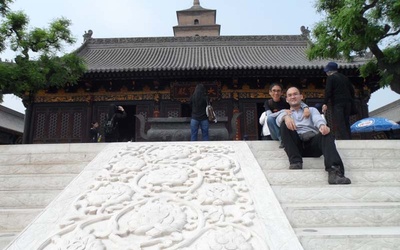
The eye of a dragon in China - Part 3 of 3
May 24, 2012 • Victor Nishio Yasuoka
Part 2 >> Xian, second city They say it is the cultural capital... we can visit the terracotta soldiers who are impressive because there are so many of them; It is a somewhat slow tourist-historical visit, with cold and heavy dissonant architecture contrasted with the historical display of a paranoid emperor buried with his servants and possessions. Impacted by the amount of ceramics.Continued, eating and eating, more Chinese food at a buffet... it is what in Peru is considered "chifa" …
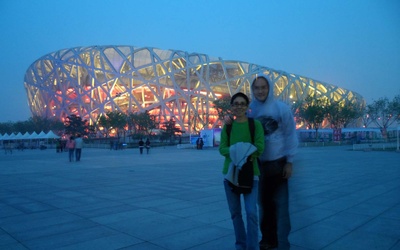
The eye of a dragon in China - Part 2 of 3
May 17, 2012 • Victor Nishio Yasuoka
Part 1 >> Eat eat eat It is one of the pillars of the experience of getting to know foreign and strange places... although it was not so foreign to me because much of what I ate had flavors that I tried throughout my childhood from my paternal grandmother, like misoshiru , although it was instant but it helped to remember, so I enjoyed it quite a bit; Also, a frozen soba with nori, egg, and onions brought back fond …
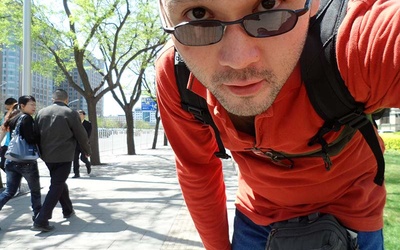
The eye of a dragon in China - Part 1 of 3
May 10, 2012 • Victor Nishio Yasuoka
Between Japan - my grandparents' place of origin - and China, my wife and I chose China due to the misfortune that Fukushima suffered due to its nuclear reactors. To visit Japan, we have chosen to wait (patience, as an oriental characteristic) for the Japanese themselves to resume their previous energies so that we can fully get to know the country, its landscapes, tourist attractions and, most importantly, the customs of its people and their culture. . Tourists who were …
 We’re looking for stories like yours!
Submit your article, essay, fiction, or poetry to be included in our archive of global Nikkei stories.
Learn More
We’re looking for stories like yours!
Submit your article, essay, fiction, or poetry to be included in our archive of global Nikkei stories.
Learn More
New Site Design
See exciting new changes to Discover Nikkei. Find out what’s new and what’s coming soon! Learn MoreVictor Nishio Yasuoka is a third-generation descendant of Japanese immigrants in Peru. Halfway through elementary school, he moved with his family to Panama, where he finished school. Almost 10 years later, he returned to Peru, finding the country completely changed. He studied architecture at a public university, but realized that his greatest interest lay in the field of communications. Today, living in Lima, Victor is a publicist, visual artist, and columnist.
To take a look at his work, visit his new website: www.victor.pe, where you will find all his artistic, graphic, and literary output.
Updated August 2009

Discover Nikkei Updates



See exciting new changes to Discover Nikkei. Find out what’s new and what’s coming soon!

